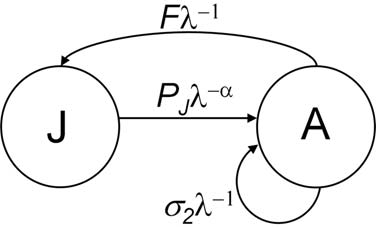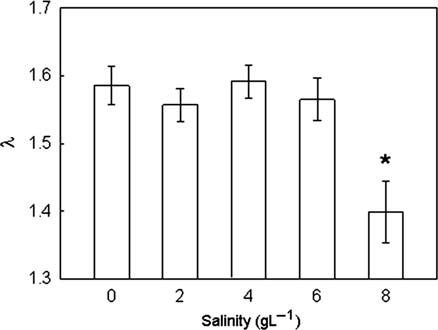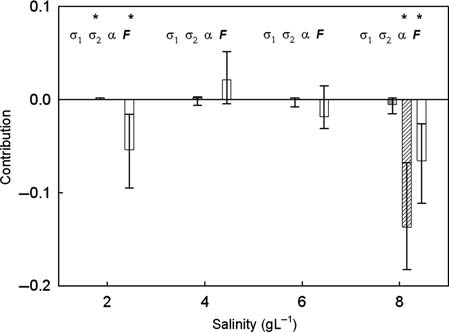Heilkraft der farben
Heilkraft der Farben Alternative Heilung "Medizin und Spiritualität" Wahlpraktikumsleiter: Dr. med. René Hefti Verfasser: Jérôme Vorburger HEILKRAFT DER FARBEN 1.1. Begründung 2.1. Energieebenen des Körpers 2.2. Zusammenspiel von Körper & Farbe 2.3. Therapiemöglichkeiten 2.3.1. Aura-Soma Therapie 3.2. Anwendung in der modernen Medizin











